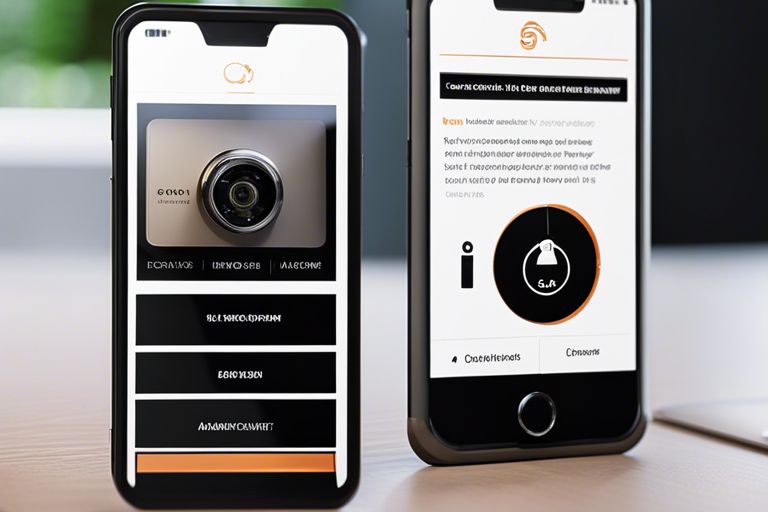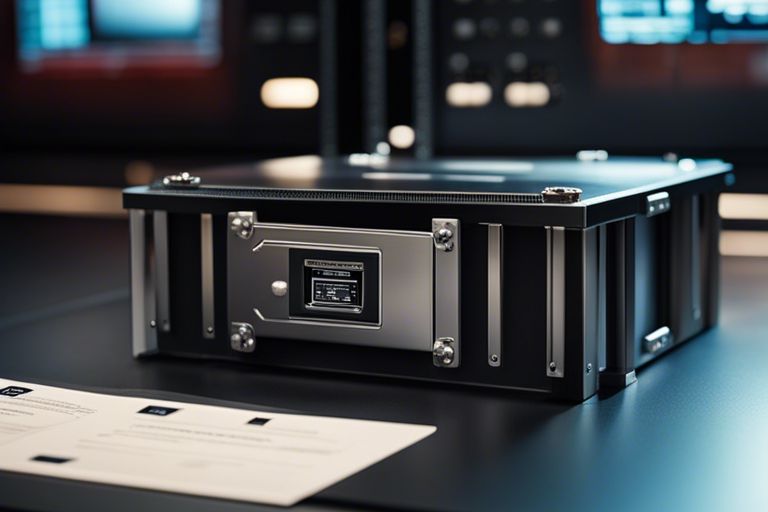Physical security is a crucial aspect of any organization’s overall security strategy. It involves the protection of physical assets, such as buildings, equipment, and people, from unauthorized access, theft, and damage. Conducting a physical security audit is an essential step in identifying vulnerabilities and implementing necessary measures to mitigate risks.
In this blog post, we will outline a step-by-step guide on how to conduct a thorough physical security audit.
Step 1: Define Objectives and Scope
Before starting the audit, clearly define the objectives and scope of the assessment. Determine what areas, assets, and processes you want to evaluate. This could include entrances and exits, surveillance systems, alarm systems, access control systems, and employee awareness.
Step 2: Gather Information
Collect all relevant information about the organization’s physical security measures. This may include floor plans, security policies and procedures, incident reports, and any previous security assessments.
Step 3: Assess Physical Barriers
Inspect and evaluate the physical barriers in place, such as fences, walls, doors, windows, and locks. Check for any signs of wear and tear, damage, or potential weaknesses that could be exploited.
Step 4: Evaluate Access Control Systems
Review the organization’s access control systems, including key card readers, biometric systems, and security guards. Test the effectiveness of these systems by attempting to gain unauthorized access to restricted areas.
Step 5: Review Surveillance Systems
Assess the organization’s surveillance systems, including CCTV cameras, video recording devices, and monitoring stations. Check for blind spots, malfunctioning equipment, and the quality of video footage.
Step 6: Evaluate Security Policies and Procedures
Review the organization’s security policies and procedures to ensure they are up to date and effective. This includes protocols for visitor management, emergency response, and incident reporting.
Step 7: Test Employee Awareness
Conduct interviews or surveys to gauge employee awareness of physical security measures. Test their knowledge of emergency procedures, access control protocols, and their understanding of potential threats.
Step 8: Identify Vulnerabilities and Develop Action Plan
Based on the findings of the audit, identify vulnerabilities and prioritize them based on their potential impact. Develop an action plan that outlines specific measures to address each vulnerability.
Step 9: Implement Necessary Measures
Implement the recommended measures to enhance physical security. This may include installing additional security cameras, upgrading locks, improving access control systems, or providing training to employees.
Step 10: Regularly Review and Update
Physical security is an ongoing process. Regularly review and update your physical security measures to adapt to changing threats and technologies. Conduct periodic audits to ensure continued effectiveness.
By following these steps, organizations can conduct comprehensive physical security audits to identify vulnerabilities and enhance their overall security posture. Remember, physical security is just as important as digital security in today’s threat landscape.






